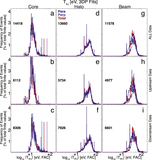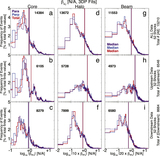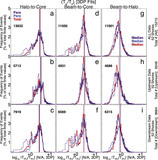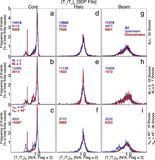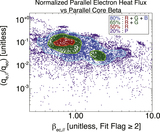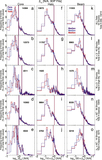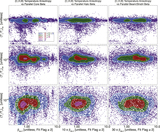Image Details
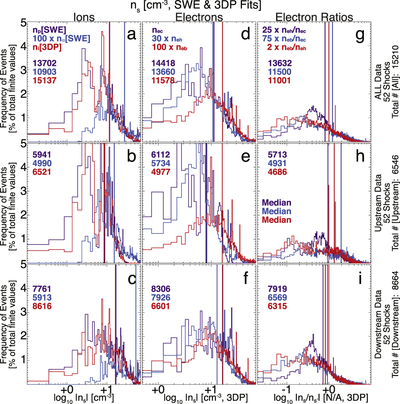
Caption: Figure 2.
Densities (cm−3) and density ratios for different ion and electron components as a percentage of the total number of finite points (i.e., color-coded numbers in each panel). The format is similar to Figure 1 with the row organization, but the columns differ. The first column here shows proton (violet) and alpha-particle (blue) density from Wind/SWE and total ion density from Wind/3DP (red). The second column shows nes for the core (violet), halo (blue), and beam/strahl (red) components. The third column shows ﹩{n}_{s}/{n}_{s^{\prime} }﹩ for the halo-to-core (violet), beam-to-core (blue), and beam-to-halo (red) density ratios. The corresponding one-variable statistics for the electron parameters are shown in Table 3. Note that the nα, neh, neb, and all three ﹩{n}_{s}/{n}_{s^{\prime} }﹩ values were offset by constant factors (shown in panels (a), (d), and (g)) to reduce the horizontal axis dynamic range.
Copyright and Terms & Conditions
© 2019. The American Astronomical Society.


